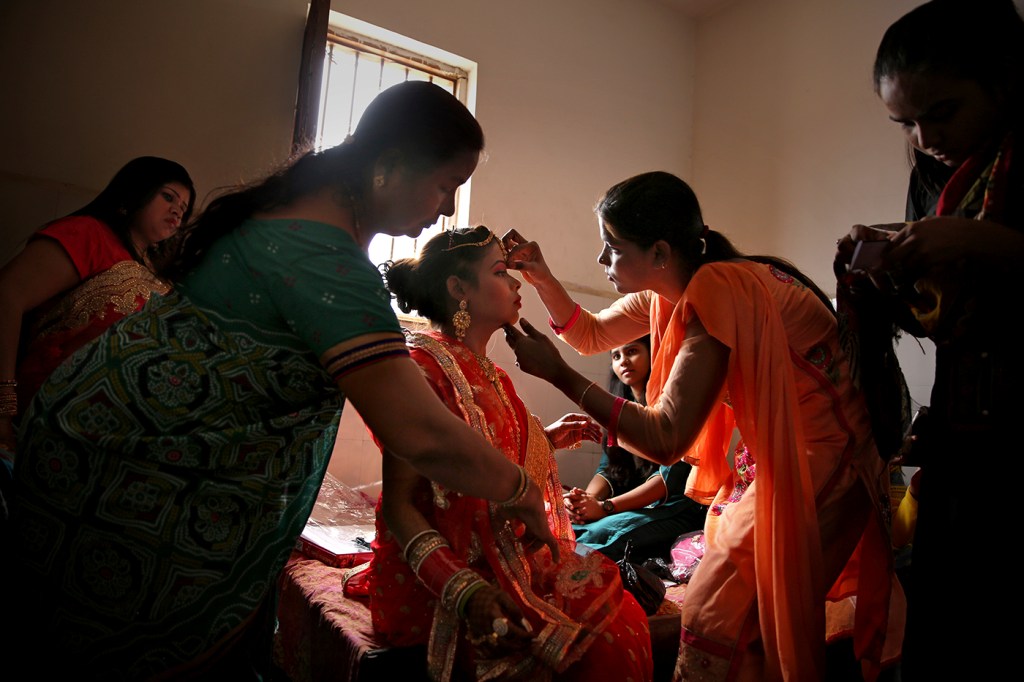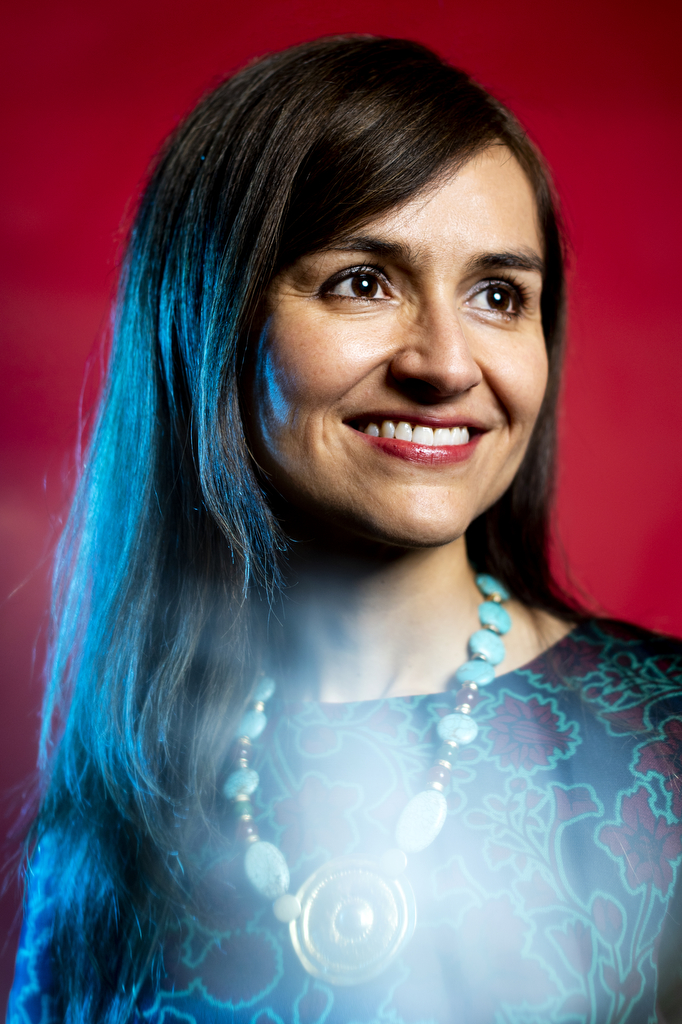New study of rural India highlights the role of the mother-in-law in restricting women’s social networks

In communities around the world where access to information might be restricted for any number of reasons—the United Nations estimates that half the world’s population is not connected to the internet—in-person social networks can be a key source of connection and knowledge-sharing. But when access to these offline social circles is also restricted, the way it can be for women in strict patriarchal societies, the people with whom women do interact become all the more influential.
Women in parts of rural India have only one or two peers in their districts, and even fewer close friends—social connections that are often restricted by the woman’s mother-in-law, according to a first-of-its-kind study by a team of researchers that included Northeastern assistant professor Catalina Herrera-Almanza.

Catalina Herrera-Almanza is an assistant professor of economics and international affairs in the College of Social Sciences and Humanities at Northeastern. Photo by Ruby Wallau/Northeastern University
“Women in developing countries tend to have worse access to health services than those in developed countries,” says Herrera-Almanza, an assistant professor of economics and international affairs at Northeastern, who helped design the study and analyze its results. “We’re interested in how to improve that access.”
While much research has been conducted on the role men (husbands, fathers) in patriarchal societies play in women’s health and reproduction, relatively little research has considered the role of mothers-in-law. The researchers say theirs is the first study to explore the influence of the mother-in-law in the formation of women’s social networks, and how that role affects a woman’s ability to obtain access to health and reproductive services.
The researchers focused on these social networks because, in regions with restrictive social norms and rigid family structures (such as the Jaunpur district in Uttar Pradesh, where this research is based), a woman’s social network can be an important source of information and community.
And, given the private nature of conversations about fertility and family planning, the members of the women’s social networks are potentially the most influential peers for young, married women in such regions, Herrera-Almanza says.
In the district, a woman’s mother-in-law can have an outsize impact on her social circle, and therefore a crucial role in influencing decisions about family planning, according to new research by Herrera-Almanza and scholars from the Delhi School of Economics, Boston University, and Boston College.
The researchers studied 671 young women (18 to 30 years old) in a rural, traditional area of India, and found that they had “remarkably few connections outside their homes,” Herrera-Almanza says.
Most of these women in the study (67 percent) lived with their mothers-in-law, and nearly 36 percent spoke only to her husband or mother-in-law about reproductive issues, the study found. Herrera-Almanza says the 33 percent of women who don’t live with their mothers-in-law tended to be a bit older, and it’s possible their mothers-in-law have died.
The researchers found that a woman who lives with her mother-in-law has fewer peers and is less likely to be able to visit a health facility on her own, relative to a woman who doesn’t live with her mother-in-law.
Their research also shows that women who have fewer close outside peers are “significantly” less likely to have ever visited a health facility for reproductive health, fertility, or family planning services, and are less likely to use a modern method of contraception.
But why would a mother-in-law be interested in restricting her daughter-in-law’s social connections?
“It’s mainly motivated by misalignment of fertility preferences between mothers-in-law and their daughters-in-law,” Herrera-Almanza says.
The research suggests that mothers-in-law fear that outside influences may cause her daughter-in-law’s family planning to deviate from what she (the mother-in-law) prefers.
Besides their husbands and mothers-in-law, the women whom the researchers studied had only one or two general peers in the district, and even fewer (zero to one) close friends. The researchers defined “close friends” as people with whom she might talk about more private matters such as reproductive health, fertility, and family planning.
By comparison, women in the United States have about eight close friends, according to a 2004 Gallup poll.
The researchers found that more than a third of the women they studied had no close peers in Jaunpur, and 22 percent had no close peers anywhere. The women often had severe mobility restrictions—only 14 percent were allowed to go alone to a health facility and 12 percent were allowed to visit the home of friends or relatives in their village by themselves.
Based on their findings, any policies designed to increase women’s access to and uptake of family planning and reproductive health services in rural India must acknowledge the gatekeeping role that mothers-in-law play, Herrera-Almanza says.
“The dynamics of who is making the decisions about fertility and family planning are important for the welfare of the entire household,” she says. “Healthcare policies here need to shift the attention from just the couple and bring the mother-in-law into the conversation as well.”
For media inquiries, please contact Shannon Nargi at s.nargi@northeastern.edu or 617-373-5718.





